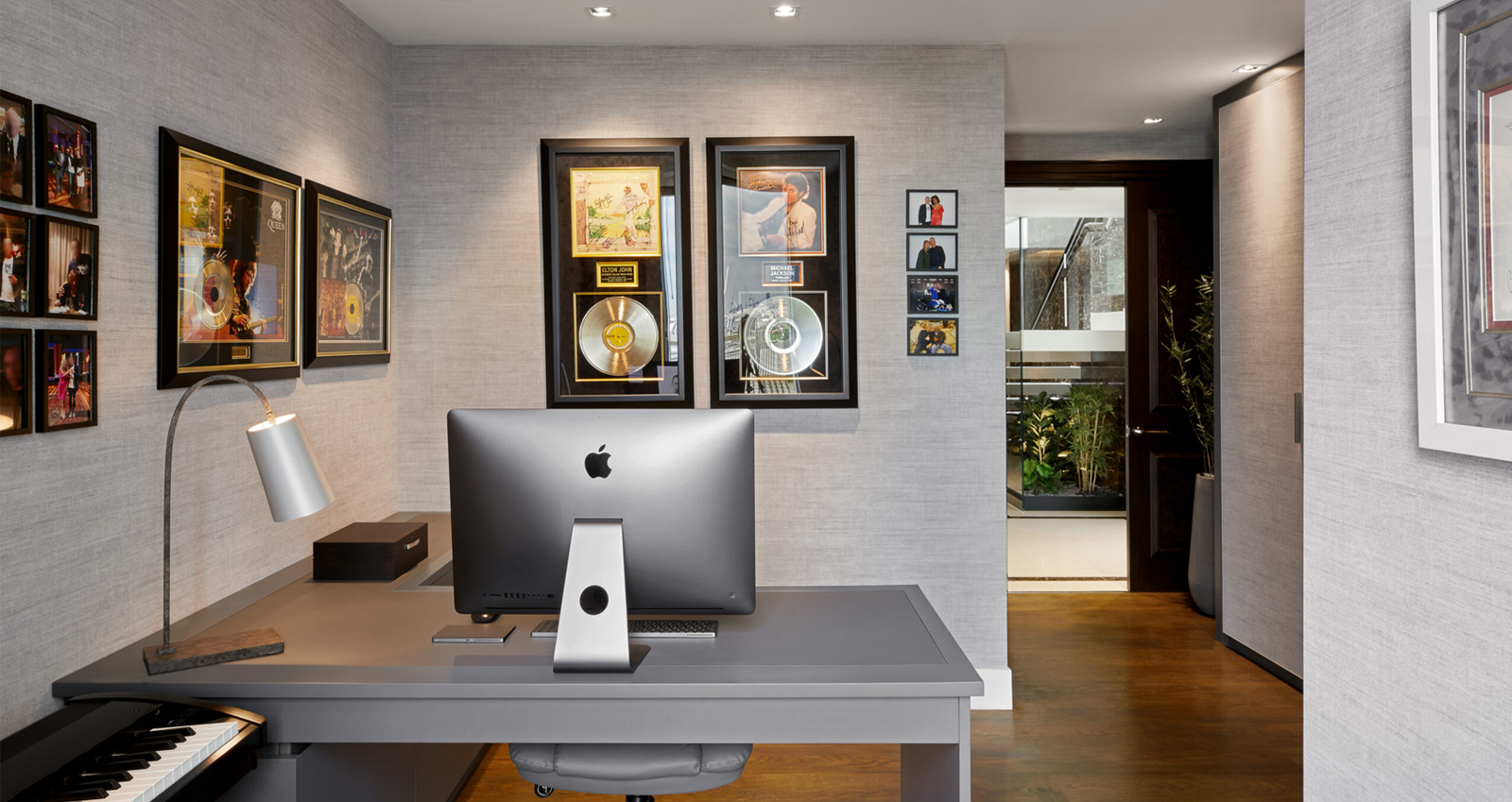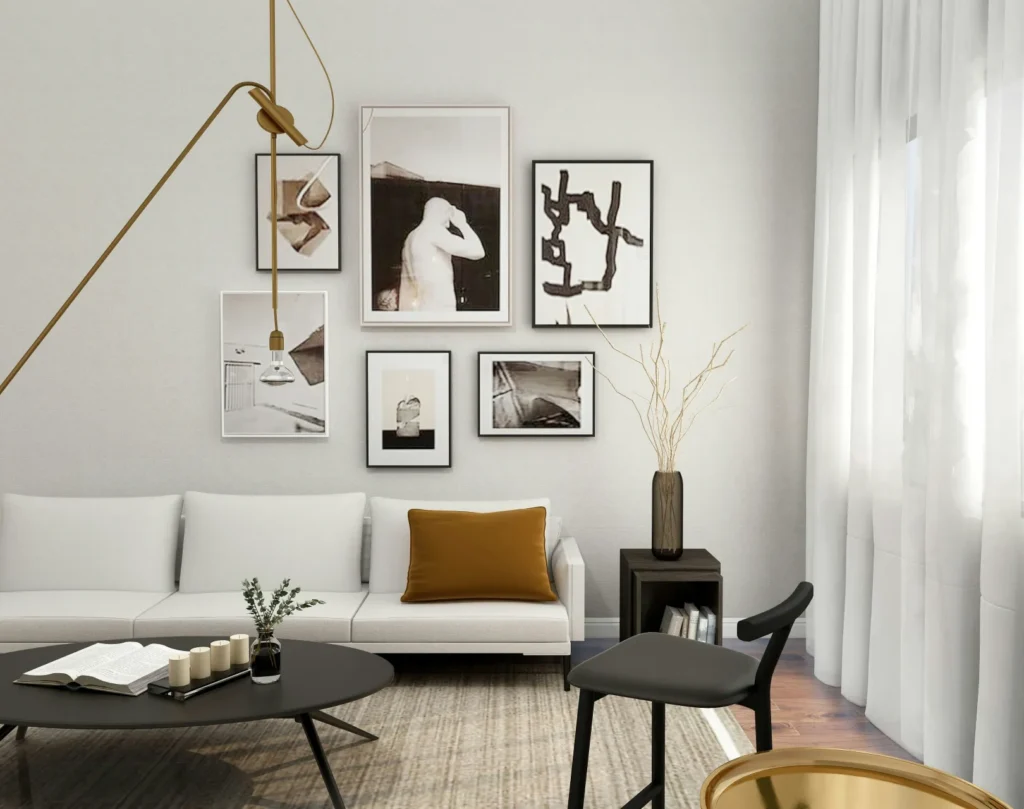1. Why Choose a Space-Saving Home Office? For those who wish to preserve productivity while saving valuable space, a small home office is perfect. Important advantages include.Adaptability: Suitable for shared areas, studio residences, and tiny flats.The minimalist aesthetic promotes orderly, clutter-free living.Cost-Effectiveness: Usually calls for less furniture and materials.Multifunctionality: May be used as a creative …
1. Why Choose a Space-Saving Home Office?
For those who wish to preserve productivity while saving valuable space, a small home office is perfect. Important advantages include.
Adaptability: Suitable for shared areas, studio residences, and tiny flats.
The minimalist aesthetic promotes orderly, clutter-free living.
Cost-Effectiveness: Usually calls for less furniture and materials.
Multifunctionality: May be used as a creative zone, storage space, or study nook.
2. Choosing the Right Location.
Choose a good location for your home office first:
Unused Spaces: Repurpose a space in your corridor, living room, or bedroom.
Closet Office: Use shelving and a foldable desk to transform a closet into a small workstation.
Under steps: Make use of the area beneath the steps by setting up a tiny desk or bespoke cabinets.
Wall Nooks: Create a desk that is mounted on the wall and has vertical storage.
3. Select Small Furniture.
In a tiny area, the correct furniture makes all the difference.
Desks that fold up: Perfect for situations where you need a desk that vanishes after work.
Drop-leaf workstations installed on the wall are great choices.
Furniture with Multiple Uses: Select a desk that can be used as a dining table or one with built-in storage.
Think about benches or ottomans with concealed seating storage.
Compact Chairs: Select ergonomic seats that are small enough to fit beneath the desk when not in use.
Foldable or stackable chairs are also excellent choices for saving space.
4. Make the Most of Vertical Space.
Look up for remedies when there is a shortage of floor space.
Shelves: To store books, decorations, or supplies above your desk, install wall-mounted or floating shelves.
Pegboards: You can use a pegboard to arrange office supplies, tools, and even a miniature vision board.
Hanging Storage: To free up work space, add hanging baskets or file organizers.
5. Integrate Smart Storage Solutions.
A clutter-free and orderly space is maintained by efficient storage.
Hidden Storage: For a neat appearance, choose furniture with hidden compartments.
Stackable Drawers: Office supplies can be stored in small drawers that slide under desks.
File Organizers: To keep documents organized, use vertical file holders.

- Optimize Lighting.
For a tiny office to be productive, good lighting is essential.
Natural Light: To benefit from daylight, place your desk close to a window.
Task Lighting: For concentrated illumination, utilize LED light strips or a clip-on lamp.
Ambient Lighting: To create a warm ambiance, add string lights or tiny wall sconces.







